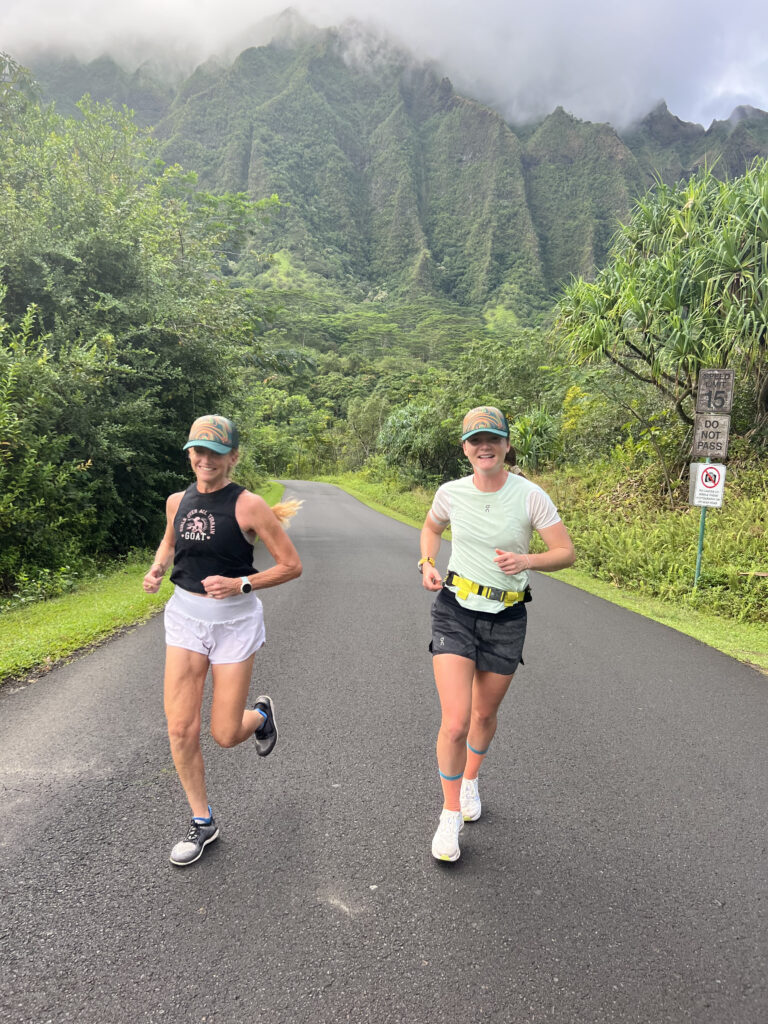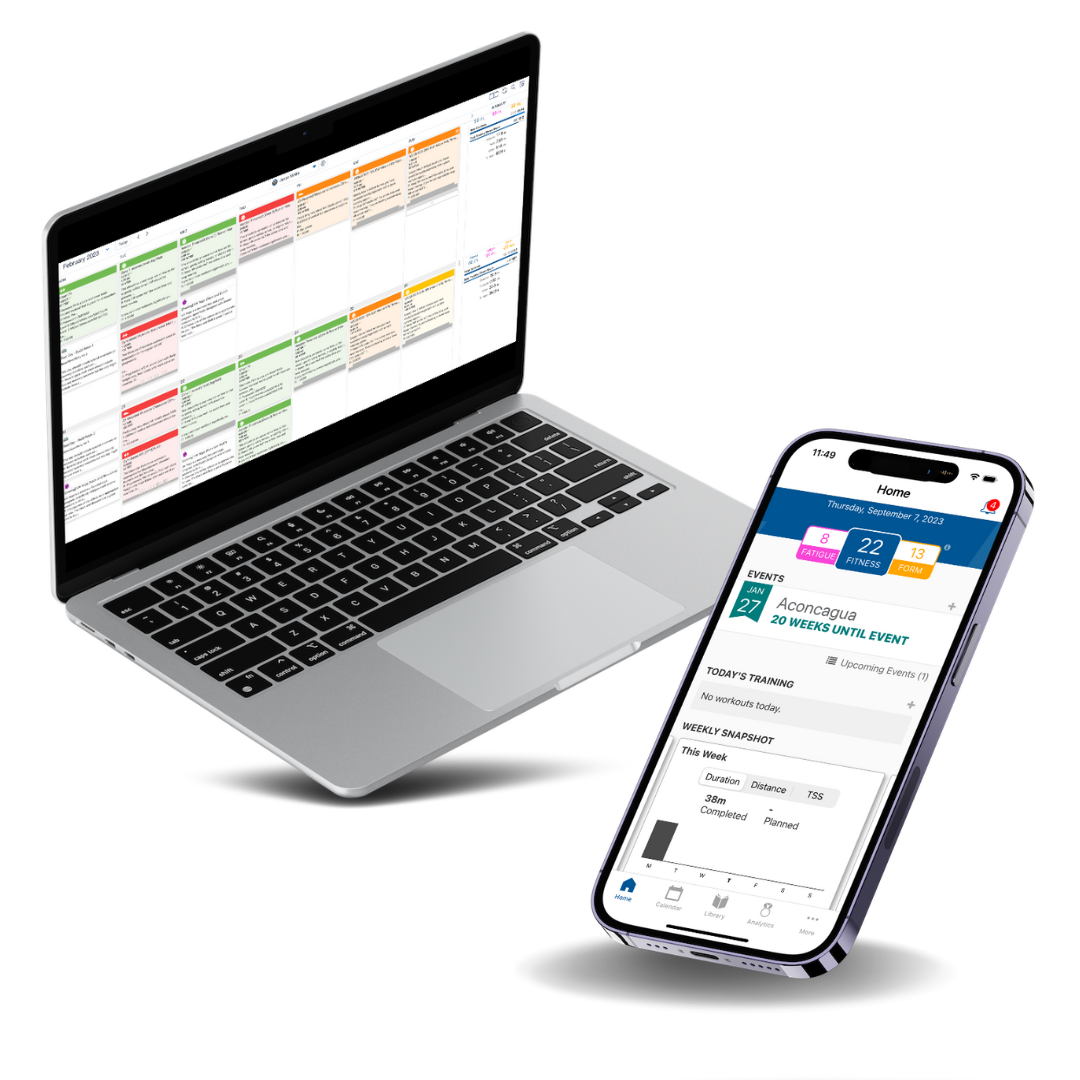This plan is ideal for newer runners or those looking to make the leap into long-distance running.

This 24-week plan is for a road or flatter trail marathon length (30-40km) race. It assumes a fairly low level of running fitness, under 10 miles/week, at the beginning of the plan. This plan incorporates gradual increases in running duration that are adjustable based on your level of training and experience.
If you have not been training in the last 6 months or more, we recommend that you extend and repeat certain transition period weeks. This plan supports training that will condition your legs to the pounding of daily running needed to sustain the high workloads in the middle weeks of the plan. We highly suggest this plan for those looking to enter long-distance running.
This plan is based on your RPE, or “Rate of Perceived Exertion,” where workout intensities are guided by how hard you are working based on your perception of effort (how hard the workout feels to you) rather than by heart rate. This plan is an adapted option for those who want to learn to calibrate their true effort levels in their workouts.
Whether you use an RPE-based or heart rate-based training plan, we recommend that you use a chest-strap heart rate monitor and GPS watch to log all your training.
*Apple Watch syncing is currently not supported for RPE plans.


Staying consistent with your training and following the gradual progression will help you succeed in this plan. While running is the priority, completing the strength work and cross-training will help you to be a more well-rounded and healthier athlete. On long runs, practice your race-day nutrition and gear so there are no surprises on race day. Listen to your body and trust that if you train with consistency and diligence, you will succeed!
If you are looking to jump into the world of ultra running, we suggest our Intro to Ultra Marathons plan that will prepare you to run a 50km race.
Login to your account below.
